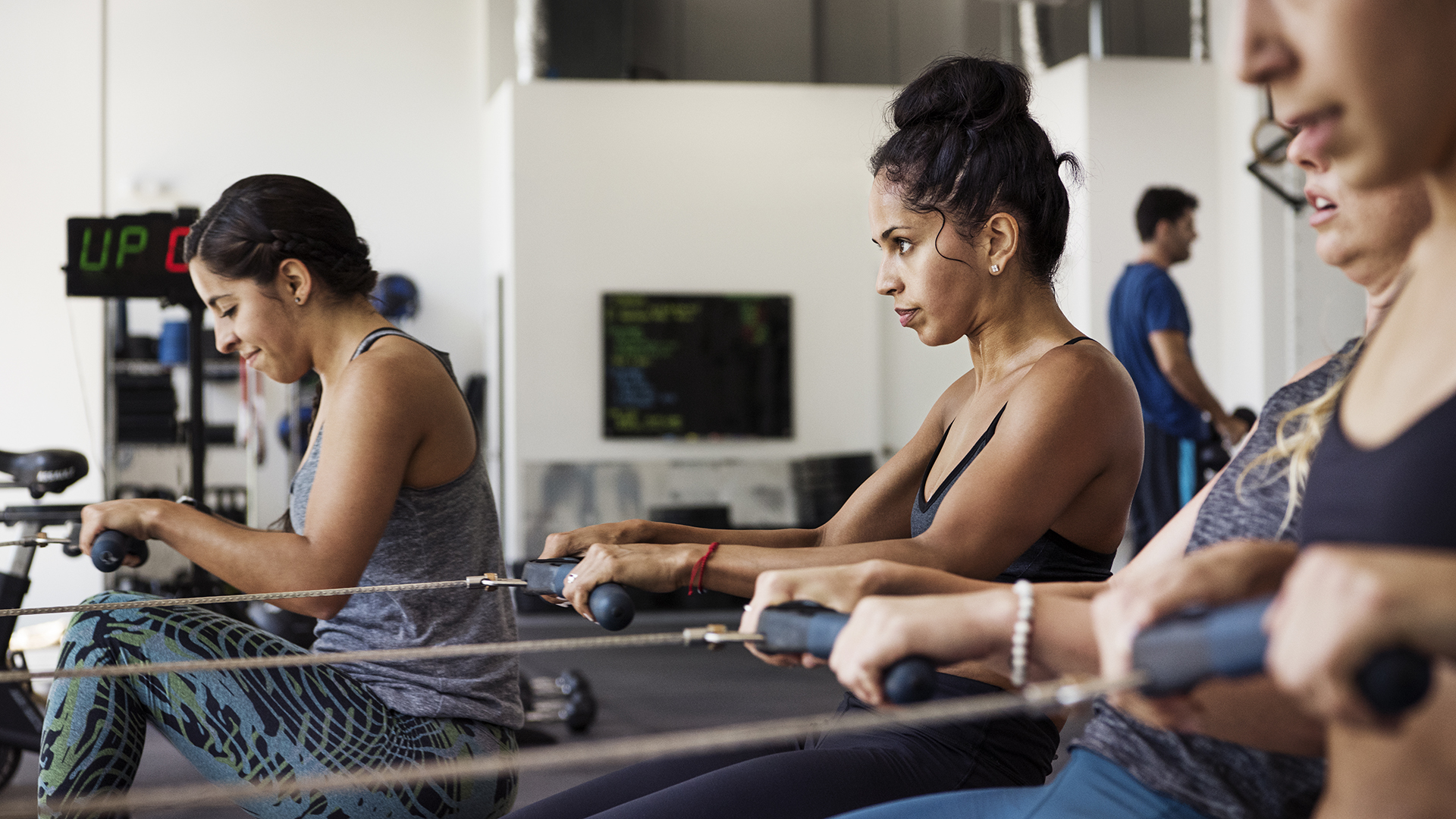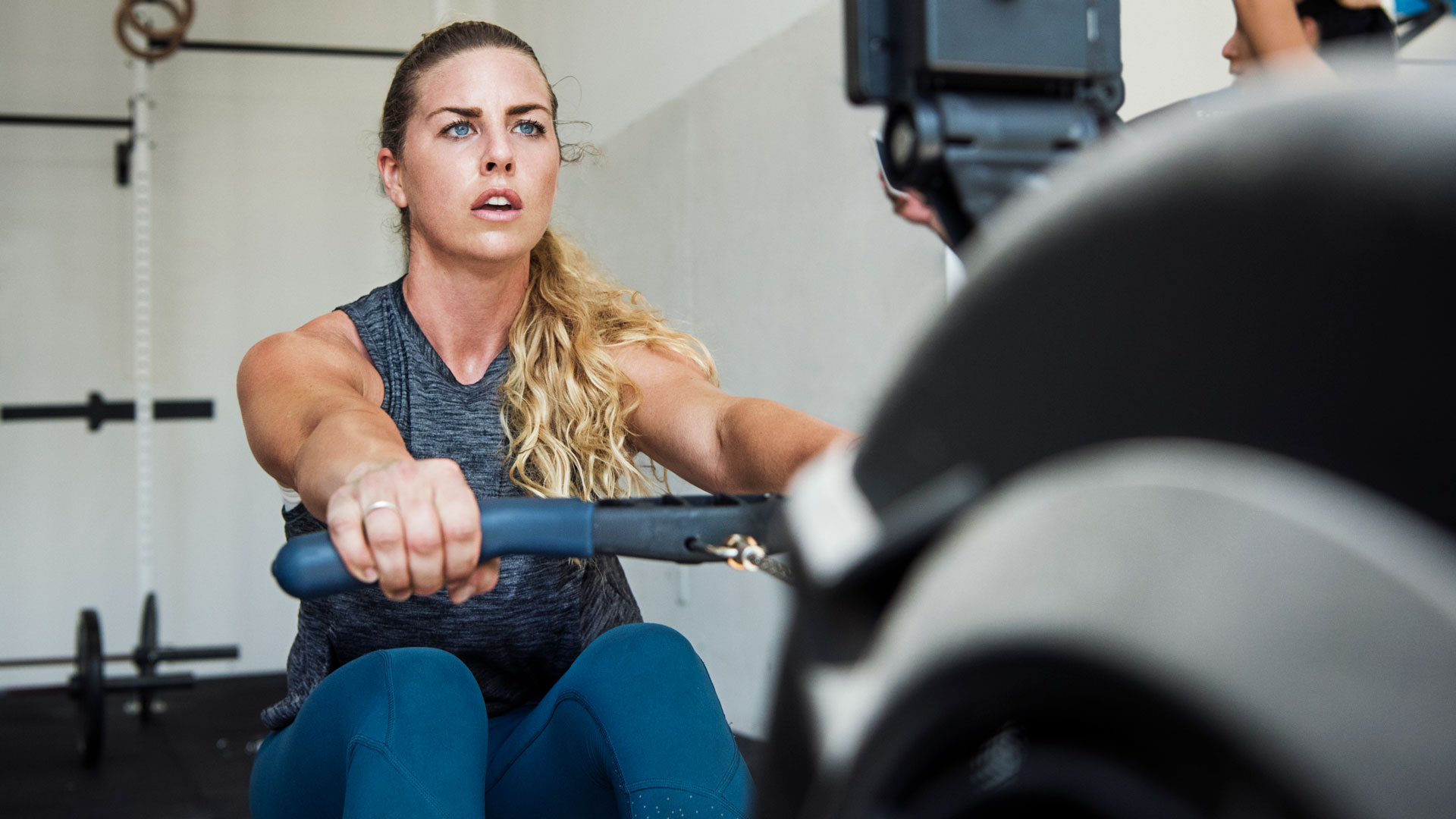Is rowing cardio?
We all know that we need cardio exercise to stay fit and healthy, but is rowing cardio? We ask the experts

Is rowing cardio? The question is an important one, because cardiovascular activity is one of the main things we’re encouraged to do for our fitness. In the Physical Activity Guidelines for Americans, the U.S. Department of Health and Human Services tells us that we should do between 150 minutes and 300 minutes a week of moderate-intensity activity, or between 75 and 150 minutes a week of vigorous-intensity physical activity. It’s fine to do a mixture of both, but we should spread these activities out throughout the week if possible.
This advice doesn’t change much as we get older. Seniors are encouraged to perform 150 minutes of moderate-intensity cardio (or as much as their physical abilities and conditions allow), so even if you’re older you should be looking for ways to incorporate cardio into your life.
So is rowing cardio? We’ll be looking at whether the best rowing machine is a good way to satisfy these requirements, what kind of workout you can get on a rowing machine and whether you can use it to get fit and strong.
Is rowing cardio: what type of exercise is rowing?
According to Cassi Niemann, lead master rowing instructor for UCanRow2, rowing certainly is a form of cardio. "Rowing fits well into this definition," she says. "It most definitely can be described as a cardio workout. It uses almost every muscle in your body and is a repetitive order of operations, performed continuously in the same manner each time."
Sure enough, not long after you start taking your first few strokes on the rowing machine (or in a boat), you'll become aware of your heart starting to beat faster — a sure sign that your cardiovascular system is kicking into action.
Research appears to back up what we observe in practice. A study of physical fitness in breast cancer survivors published in 2020 in the International Journal of Environmental Research and Public Health examined the changes in physical fitness in 30 women engaged in a 12-week rowing training program (working out three times a week for between 60 and 90 minutes each time).
They found that in addition to other benefits, a significant improvement was observed in the efficiency of the participants' cardiovascular system.
Get the world’s most fascinating discoveries delivered straight to your inbox.

One of the great things about rowing is how flexible it is, and depending on the type of workout you choose you may find that you get an aerobic workout (which increases the blood flow and gets oxygenated blood moving around the body) or an anaerobic workout (a more intense workout where your body produces energy in the absence of oxygen). You may even get both.
Niemann explains: "The longer, less strenuous effort is a more aerobic-based exercise. Alternatively, shorter durations at a higher intensity would start to break into the anaerobic system. So with a rowing machine, you can actually use both systems by modifying your time on the machine and the intensity that is applied."
You may even find that you get both aerobic and anaerobic effects within one workout, adds Niemann. "These systems aren't necessarily binary, as in just on or off. They operate simultaneously and often, when rowing, you'll find you might get a little of both. Which is great, because there are benefits to both and result in different adaptations."
Is rowing cardio: how does rowing affect the body?
Rowing is sometimes thought to be all about the arms, but in fact it's an all-body workout, targeting a massive 86% of your muscles, including the biggest muscles in your body. You'll be working your quads, glutes, calves and hamstrings as well as your back, arms and core. Oh, and don't forget your heart — another muscle that gets a great workout on the rower.

As Niemann explains: "Rowing is an especially optimal tool for conditioning, in that it uses a large amount of muscle mass in a coordinated system. This allows us to gain a large response in both our cardiovascular system, but it also is extremely low impact on our joints and skeletal system."
If it all sounds a bit daunting, for example if you're building up your fitness, don't be put off by the number of muscles employed. "Both the rowing machine and the rowing stroke are adjustable and scalable to all levels of experience and ability, making it accessible to anyone, at any point in their training," says Niemann. "Even if one starts with a limited range of motion, a continued effort and movement through the exercise, with proper coaching and programming, there should be an increase in both flexibility and intensity."
Is rowing cardio: can you use rowing to build strength?
Although rowing is usually seen as primarily a cardio exercise, people are often surprised to learn that it can be used to build strength as well.
The reason, explains Niemann, is that it is mostly a leg-driven activity rather than an arm exercise so we are using the largest and strongest parts of our body as we row.
"Through this full-body movement of driving the legs down, opening the body and then finally pulling in the arms, we can ultimately start to increase our ability to produce force on an external object," she says. "And this is the definition of strength. So ultimately, what most people think of as simply a conditioning activity is also a strength-building movement pattern."

That doesn't mean that rowing is a substitute for something like weight lifting, though. As Niemann says, "There is a limit to strength gains on the rowing machine. It is always done at a sub-maximal effort as there is no increased resistance other than your ability to produce more force."
If strength gains are your priority, Niemann advises a weights program in addition to rowing. "Follow a program that has you pushing, pulling, hinging, squatting and carrying. Increase the weight as you go, forcing an adaptation to your system and avoiding staying at the same light weight forever and only increasing repetitions. This work is best done OFF the rowing machine, but is a wonderful complement to the exercise and by doing both, you will set yourself up for long-term success."

A freelance journalist and former restaurant critic, Rich Lee mostly writes about consumer technology, especially products that make domestic life easier and more fun. When he's not pouring over current affairs, entertainment and the latest developments in tech in his free time, Rich is probably pouring his seventh coffee of the day and pondering where to go out for dinner.


